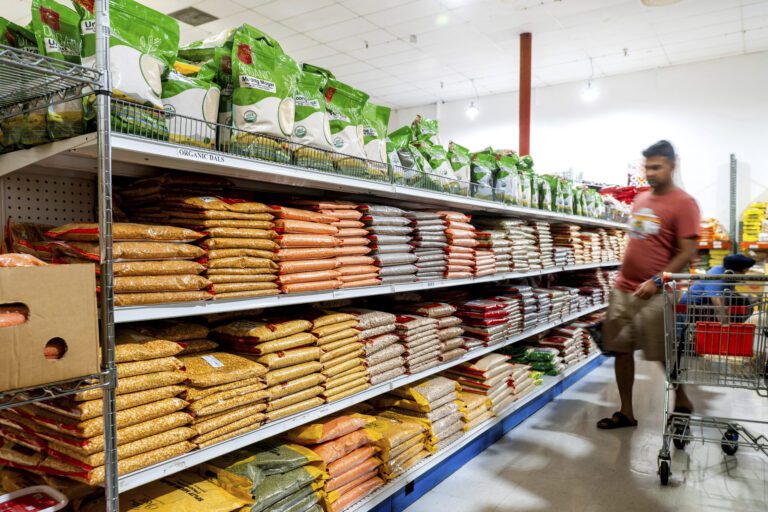Rising Prices Triggered by Tariffs: What Consumers Need to Know
President Trump’s announcement in April regarding steep tariffs on imports ignited uncertainty across the United States. While initial fears of price hikes seemed unfounded, recent developments indicate that consumers will soon feel the financial impact.
The Tariff Effect: Companies Speak Out
In May, retail giant Walmart warned consumers about upcoming price increases attributed to import taxes. Trump responded, advising Walmart to "eat" the tariffs instead of passing costs to customers. “Walmart should STOP trying to blame Tariffs as the reason for raising prices,” Trump posted on Truth Social.
However, several months later, companies are starting to raise prices as they face mounting pressures. Notable announcements include:
- Sony: Starting August 21, the price of PlayStation 5 consoles will rise by $50 in the U.S. While not explicitly blaming tariffs, the company implied they played a role.
- Fujifilm: The company has reported price increases of up to $800 on various camera models, linking these hikes to tariff costs.
- Home Depot: After maintaining prices despite import duties, the home-improvement retailer plans to adjust prices due to unexpected tariff increases. Executive VP Billy Bastek noted that “tariff rates are significantly higher today than they were when we spoke in May.”
The Economic Landscape: Wholesale Prices on the Rise
Recent trends in wholesale prices reveal significant economic pressures. As of last month, wholesale prices surged at the fastest pace in three years, forcing retailers to reconsider their pricing strategies. Beth Hammack, president of the Federal Reserve Bank of Cleveland, mentioned that companies are facing squeezed margins and must pass costs on to consumers.
According to an analysis by Goldman Sachs, U.S. businesses absorbed over 50% of tariff costs through June, while consumers only felt 22% of the financial burden. As time progresses, this balance is expected to shift, with consumers potentially absorbing 67% of the costs moving forward.
The Grocery Store Dilemma
It’s not just tariffs affecting consumer pricing; grocery stores are also facing alarming increases. The U.S. Bureau of Labor Statistics reported a staggering 38% rise in wholesale vegetable prices in July. Weather conditions and supply chain issues contribute to this increase, compounded by the impact of tariffs.
- Beef and Veal: Prices shot up by 11.3% in July from the previous year, making them among the fastest-rising food costs.
Future Price Projections
A recent study disclosed that 30.9% of U.S. businesses anticipate raising prices within the next six months, while only 4.3% expect them to decrease. “Tariffs are likely playing a significant role in these concerns, but so is the overall sense of uncertainty that remains in the American economy,” commented Matt Schulz, chief consumer finance analyst at LendingTree.
A Silver Lining for Fast-Food Lovers
Despite the climate of rising prices, fast-food consumers may find relief. Starting next month, McDonald’s plans to reduce combo meal prices to about 15% lower than individual item costs. The return of the Extra Value Meal for $5 and a more reasonable average for the famous Big Mac Meal signals a refreshing change amidst the inflation crisis.
Conclusion
As tariffs continue to reshape the pricing landscape in the U.S., consumers should brace for notable increases in various sectors, particularly technology and groceries. While some businesses plan price hikes, others like McDonald’s may offer temporary relief. Staying informed and vigilant is crucial in navigating the evolving economic climate.
For more insights on how tariffs influence daily expenses, read on about related topics at Investopedia and Reuters.


